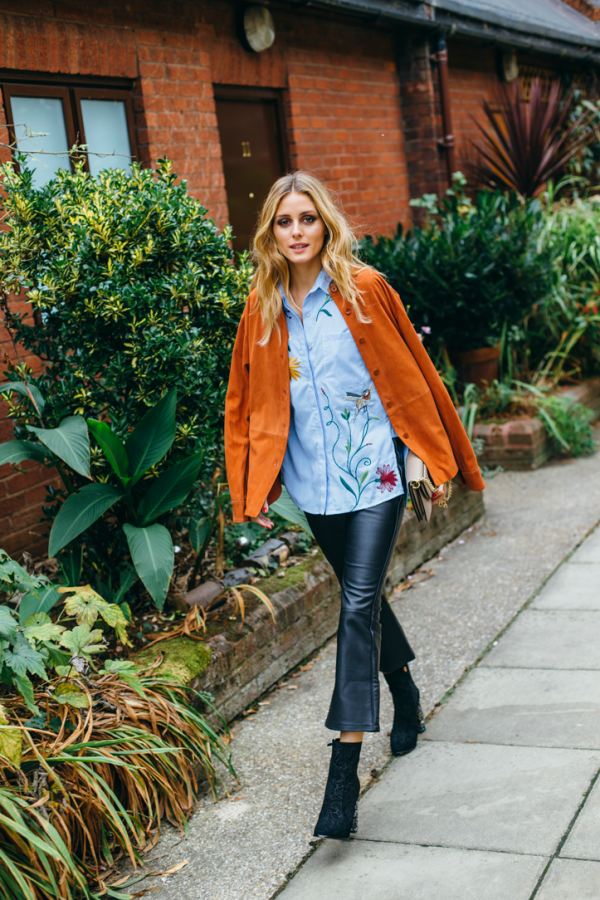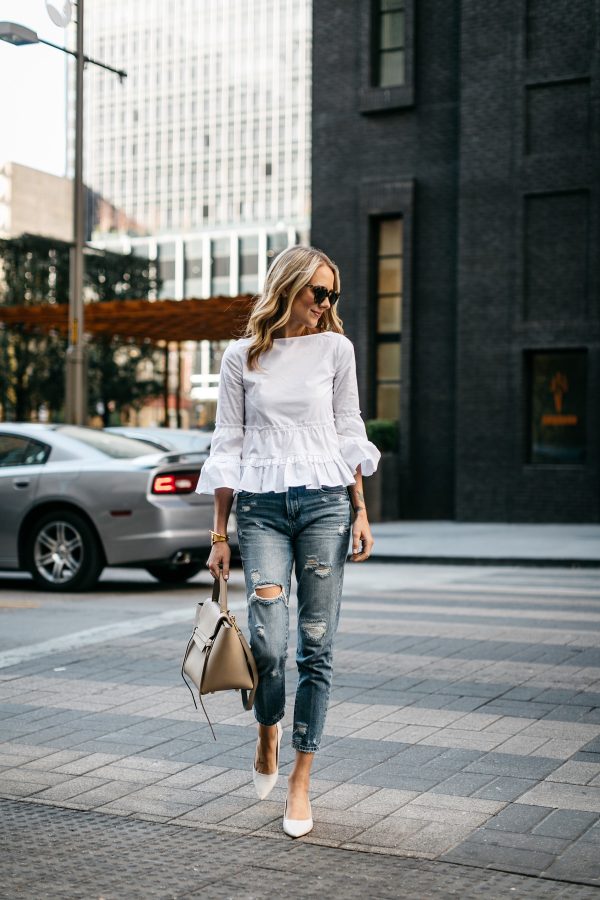Military uniforms have played a significant role not only in shaping the identity and appearance of armed forces but also in influencing broader societal perceptions and transformations. This is exemplified in the case of China, where military-style uniforms became emblematic of political ideologies and social change, as well as in the experience of Australian prisoners during the Korean War, where uniforms served as a symbol of resilience and survival.
Military Uniforms in China: A Symbol of Revolution and Modernization
The history of military uniforms in China is deeply intertwined with the country’s political and social evolution. Traditionally, Chinese military attire reflected the cultural and hierarchical norms of imperial dynasties. However, the dawn of the 20th century marked a significant departure as China witnessed the rise of revolutionary movements, particularly with the overthrow of the Qing dynasty in 1911.
The emergence of the Chinese Communist Party (CCP) under the leadership of figures like Mao Zedong brought about a radical reimagining of military uniforms. During the Long March (1934-1935), Mao emphasized the importance of clothing as a symbol of ideological commitment and unity among his forces. The adoption of a standardized military uniform, typically consisting of a green or khaki jacket and pants, not only served practical purposes but also symbolized the CCP’s vision of a modern, disciplined army.
Following the establishment of the People’s Republic of China in 1949, military-style uniforms became ubiquitous across the nation. They were not merely attire for soldiers but also a visual manifestation of the CCP’s authority and the People’s Liberation Army’s (PLA) central role in safeguarding the socialist revolution. Uniforms were standardized to foster a sense of collectivism and loyalty to the party, erasing distinctions of class and regional identity.
Moreover, the widespread adoption of military-style attire had broader implications for Chinese society. It contributed to the normalization of militarization and the blurring of boundaries between civilian and military spheres. Uniforms became associated with prestige and authority, influencing fashion trends and societal norms. In essence, military attire became emblematic of China’s journey towards modernization and its commitment to socialist principles.
Australian Prisoners of War in Korea: Adversity and Survival in Uniform
The Korean War (1950-1953) witnessed the participation of various nations, including Australia, in the United Nations forces combating the communist-backed North Korean invasion of South Korea. Australian troops, alongside their allies, faced intense combat and the hardships of war, including capture and imprisonment by North Korean and Chinese forces.
For Australian prisoners of war (POWs), military uniforms took on a different significance, serving as both a badge of identity and a source of resilience amid adversity. Captured soldiers endured harsh conditions in POW camps, subjected to physical and psychological torment by their captors. Yet, their uniforms represented a tangible link to their military identity and comradeship.
Despite the degradation and deprivation experienced in captivity, Australian POWs maintained a sense of solidarity and cohesion, often relying on their military training and discipline to endure captivity. The uniform, albeit tattered and worn, symbolized their shared commitment to duty and survival. It became a source of pride and defiance in the face of adversity, reminding them of their service and allegiance to their country.
Furthermore, the uniform played a practical role in sustaining POWs during their captivity. Its durable fabric provided insulation against the harsh Korean winters, while its pockets served as makeshift storage for essential items and contraband, such as food and letters from home. In this way, the uniform became not only a symbol of identity but also a tool for adaptation and survival in hostile environments.
The experiences of Australian POWs during the Korean War underscore the enduring significance of military uniforms beyond their aesthetic or functional aspects. In the crucible of conflict and captivity, these garments assumed profound symbolic importance, embodying notions of duty, resilience, and camaraderie amidst the chaos of war.
Conclusion
Military uniforms have left an indelible mark on the social and political landscape of countries like China, where they symbolize revolutions, modernization, and ideological commitment. Similarly, in the context of conflict, such as the Korean War, uniforms serve as potent symbols of identity, resilience, and survival for soldiers facing the trials of captivity.
Whether in the grand narratives of nation-building or the intimate struggles of individuals in captivity, military uniforms transcend their material form to become powerful symbols of human endeavor and resilience. They embody the ideals, sacrifices, and triumphs of those who wear them, shaping the course of history and leaving an enduring legacy in their wake.



